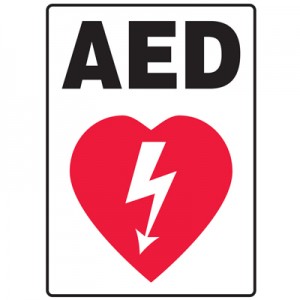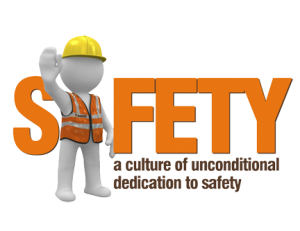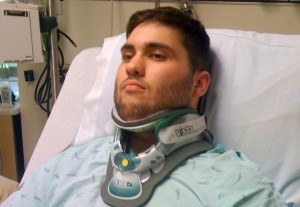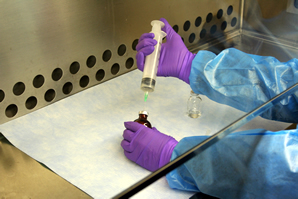Approximately 890 deaths from coronary heart disease occur outside of the hospital or emergency room every day. Most of these deaths are due to the sudden loss of heart function or sudden cardiac death.1 In 2001 and 2002, there were 6628 workplace fatalities reported to OSHA; 1216 from heart attack, 354 from electric shock, and 267 from asphyxia. A number of these victims, up to 60 percent, might have been saved if automated external defibrillators (AEDs) were immediately available. Chances of survival from sudden cardiac death diminish by 7 – 10 percent for each minute without immediate CPR or defibrillation. After 10 minutes, resuscitation rarely succeeds. An AED is an electronic device designed to deliver an electric shock to a victim of sudden cardiac arrest. Ventricular fibrillation may be restored to normal rhythm up to 60 percent of the time if treated promptly with an AED, a procedure called defibrillation.
via Safety and Health Topics | Automated External Defibrillators (AEDs).










